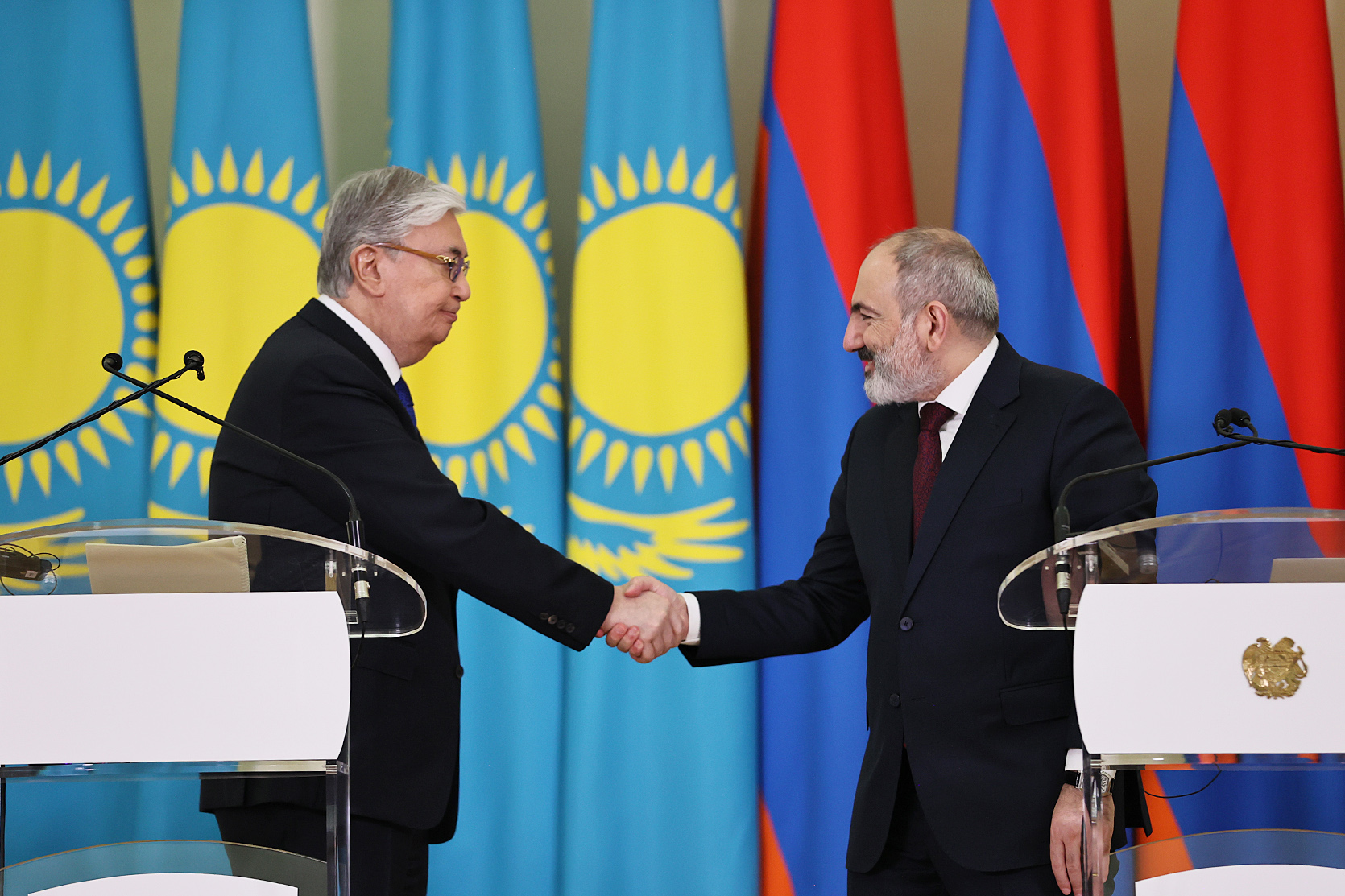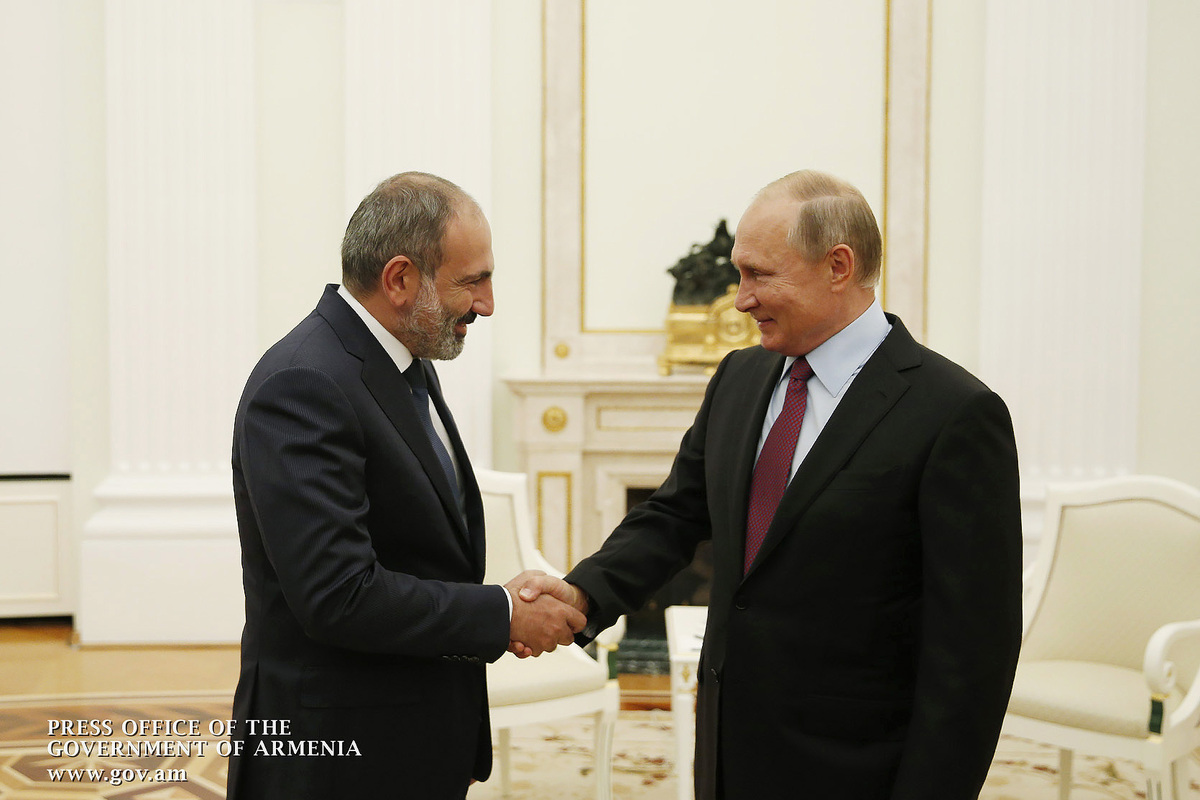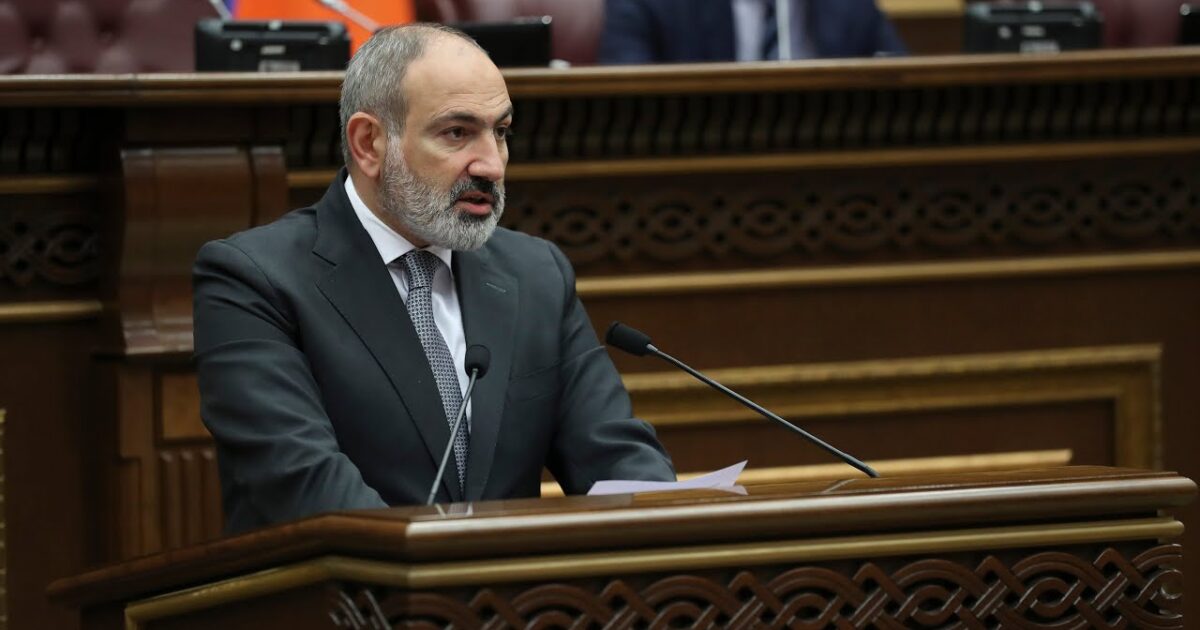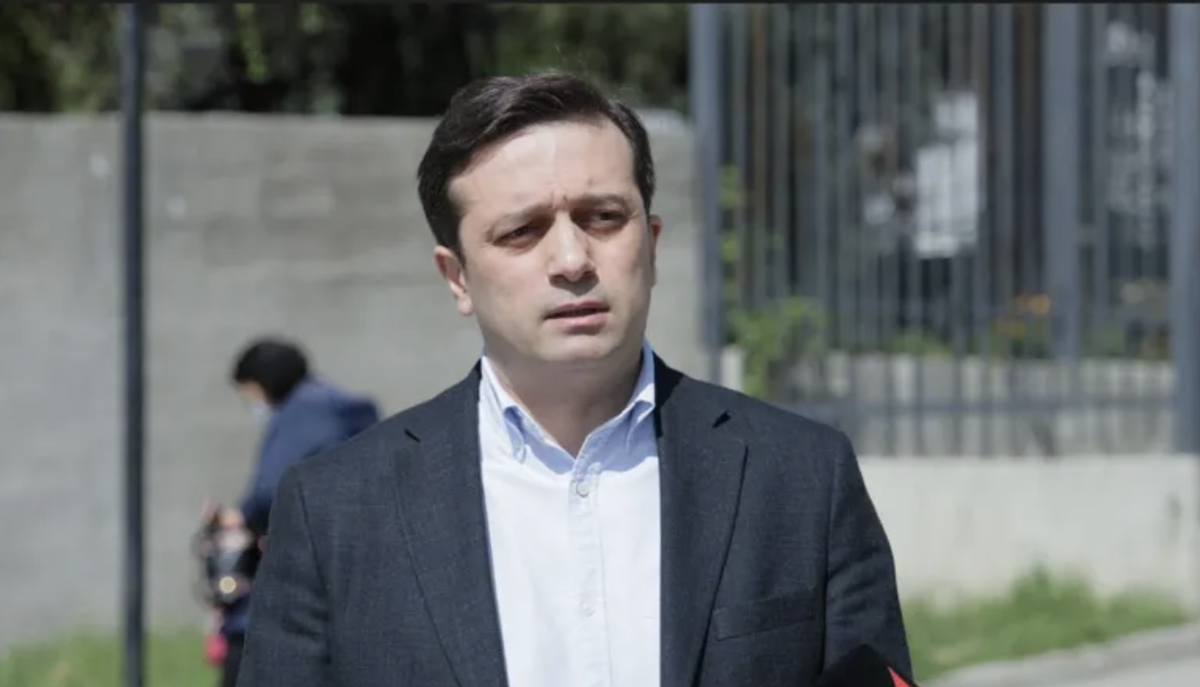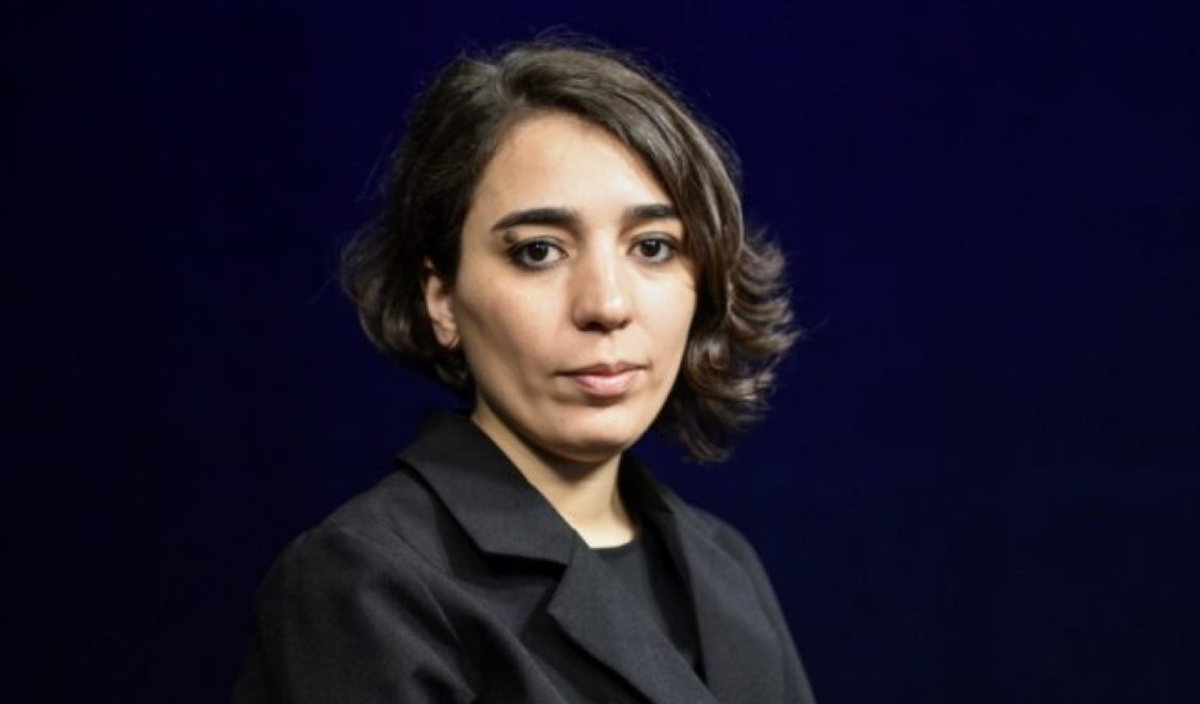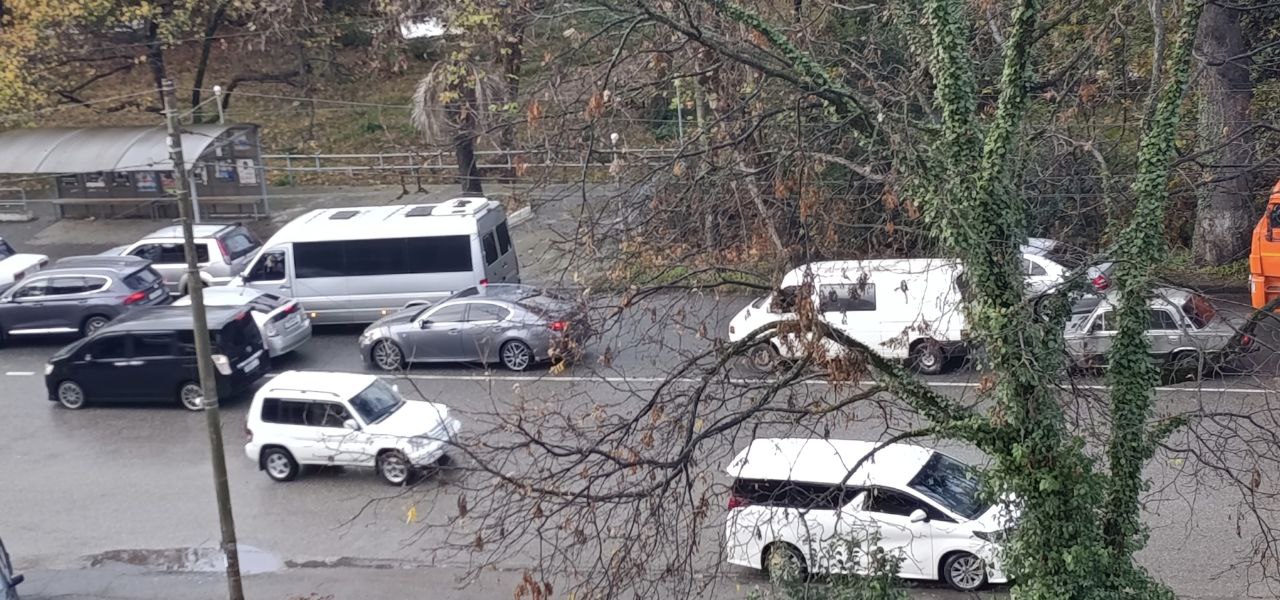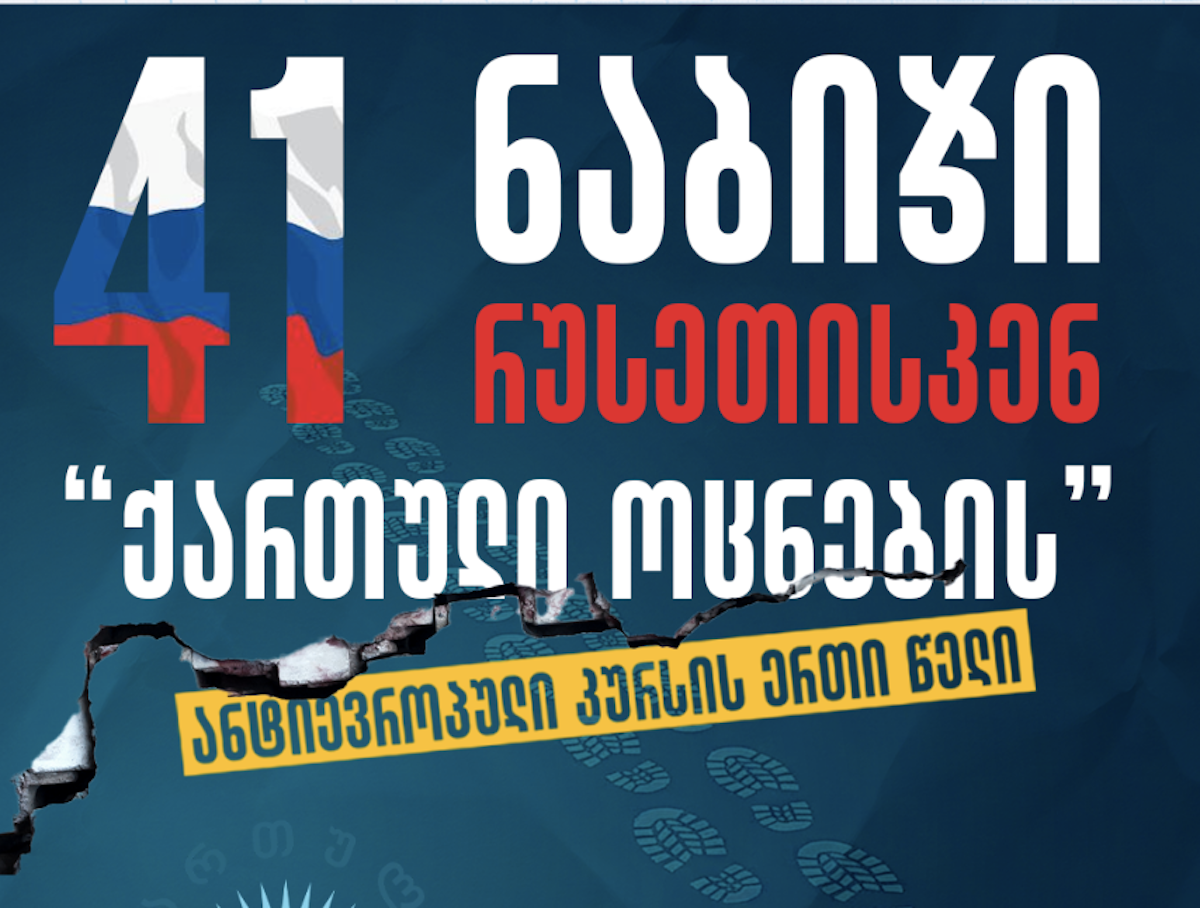Territory in exchange for peace: Will Azerbaijan refrain from a new war?
Demarcation between Armenia and Azerbaijan
Armenia and Azerbaijan have initiated the process of delimitation and demarcation — defining the exact border between the two countries and establishing the dividing line. The first border markers have already appeared on the northern border of Armenia.
Armenian prime minister Nikol Pashinyan began preparing the country’s population for further territorial concessions approximately a month before this.
According to the agreement reached by the delimitation commissions of the two countries on April 19, the clarification of the border started with “specific sections” of the Tavush region. At this point, it involves the transfer of four non-enclave villages to Azerbaijan, which had been under Armenian control since the early 1990s.
Residents of nearby Armenian settlements strongly oppose such a development. The issue is that their homes, orchards, and pastures will be in close proximity to Azerbaijani military positions. Additionally, Armenia will have to use an alternative road for communication with Georgia.
- Is Armenia making unilateral concessions? Yerevan and Baku agree on border delimitation
- “The border demarcation process with Azerbaijan is an adventure.” Opinion from Yerevan
- Why did Baku and Moscow recall the trilateral statement with Yerevan? Opinion
Which territories will Armenia lose?
It became clear that Armenia and Azerbaijan are on the verge of making important decisions after prime minister Nikol Pashinyan’s visit to the border villages of the Tavush region back in March. The head of the Armenian government met with residents of Voskepar and Kirants. He reported that it may be necessary to cede to Azerbaijan the villages of Gizil Hajili, Kheyrimli, Ashaghy Askipara, and Baghanis Ayrum.
The Armenian prime minister stated that these are Azerbaijani settlements that came under Armenia’s control as a result of the fighting in the 1990s. Currently, nobody lives there, only the remains and ruins of houses are left.
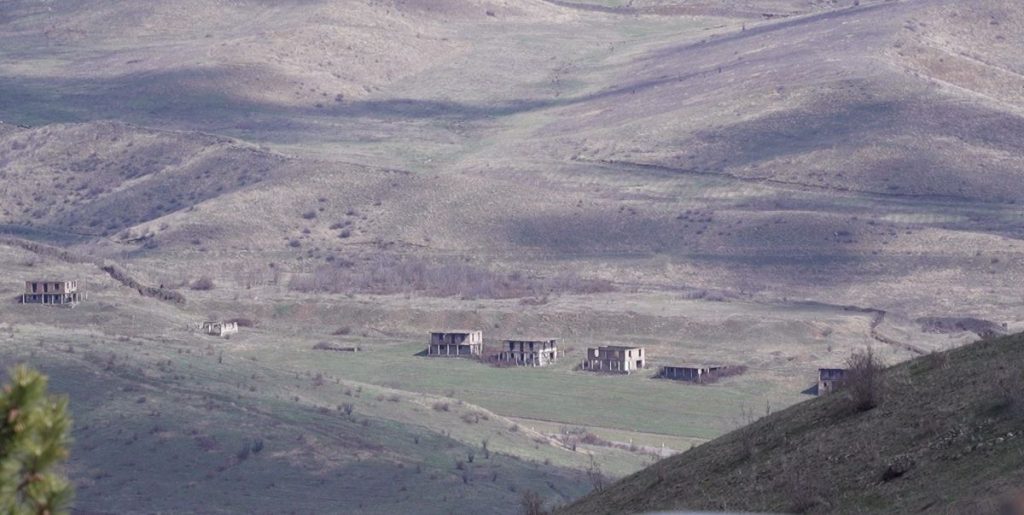
In his statement, Pashinyan warned that if Armenia refused to initiate the demarcation process and return these villages, Azerbaijan would start a new war:
“If we refuse, it means that a war will start at the end of the week. And I know what will happen at the end of this war. Then, when we meet somewhere at Republic Square [the main square of Yerevan], you will tell me: ‘We are just simple peasants, we didn’t have information, but you knew everything.'”
This statement by Pashinyan sparked outrage within the country. It became clear that over three years after the 2020 war, Armenia had not restored its defensive capabilities. The country’s authorities are ready to make painful concessions to avoid new hostilities at any cost.
The recent events shed light on Azerbaijan’s ambitions and its intention to achieve maximum gains without any compromises, obtaining everything possible.
Subsequently, the commissions of the two countries on demarcation officially announced the decision announced by Pashinyan.
For the first time, the conflicting parties agreed on how part of the border between the countries would be delineated. As the Armenian prime minister said, for the first time, “Armenia and Azerbaijan have resolved the issue at the negotiating table.”
“The Republic of Armenia in this process receives a reduction in the risks associated with border demarcation and security,” said the Armenian prime minister’s office. However, this statement does not inspire trust among local residents.
Immediately after the announcement of the commissions’ decision on demarcation, they began protests and blocked the highway connecting Armenia with Georgia. They were joined by activists from Yerevan, as well as some opposition deputies.

The demand of the protesters is to abandon the intention to hand over the four villages. People are concerned that if the border changes, their homes will be just a few dozen meters away from Azerbaijani military positions. They say they don’t want to live “under the sights of Azerbaijani soldiers.”
Officials in the prime minister’s office are trying to explain to the protesters that Baku has agreed to delimitation according to the Alma-Ata Declaration of 1991. This means that Azerbaijan is ready to recognize Armenia’s borders as they were during the Soviet era.
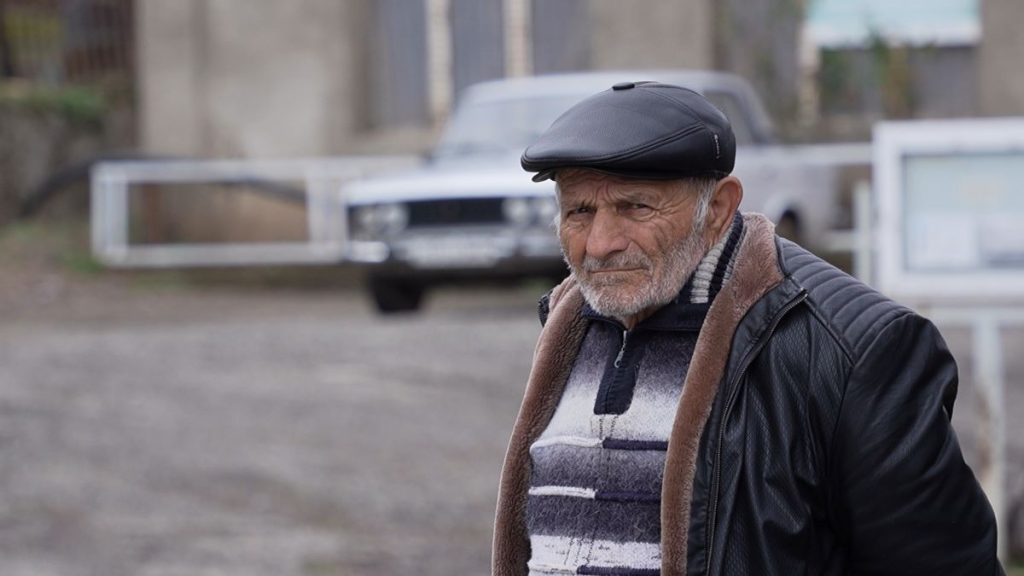
Moreover, authorities claim that out of the four villages Yerevan plans to hand over to Azerbaijan, only two and a half are under Armenia’s factual control. The rest of the territories are de facto controlled by Azerbaijan.
Small territories, but significant problems
At first glance, it may seem that the territories of the four uninhabited villages are a negligible price for peace. And the head of the Armenian government states that this is indeed Azerbaijani land.
However, the loss of these villages entails certain problems for Armenia. Firstly, it will lead to a change in the positioning of the military positions of the two countries. Armenia will lose more advantageous positions. And this could play an important role in the advancement of Azerbaijani armed forces into Armenia in the event of continued conflict. The authorities of Armenia themselves acknowledge the possibility of such a scenario.
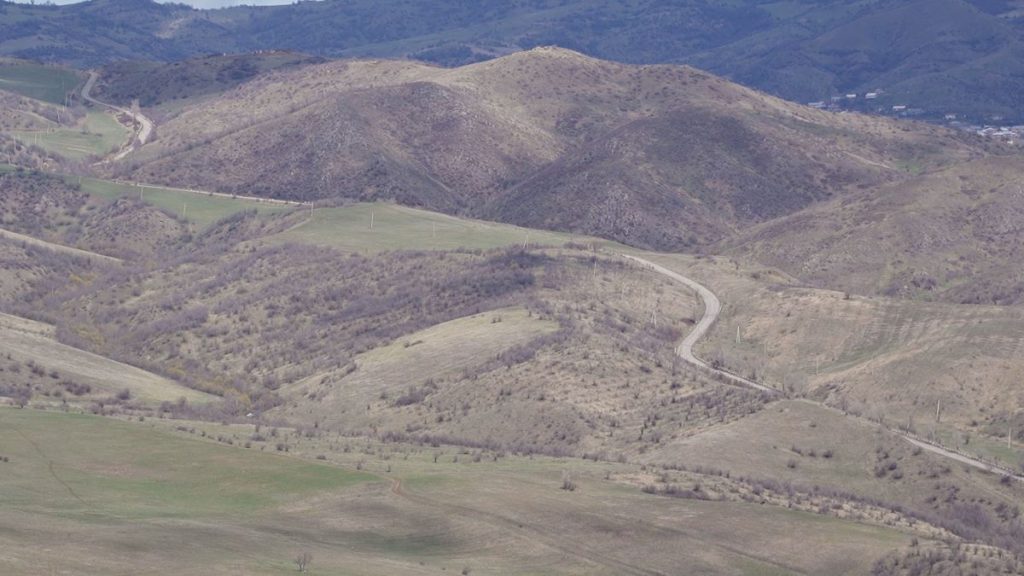
“Demarcation also does not guarantee security; however, refraining from starting the process guarantees the continued increase in security threats. The primary goal is to neutralize this guaranteed negative scenario,” stated Pashinyan.
The shifting of military positions will also put vulnerable Armenian settlements, such as Voskepar and Kirants, directly in the line of fire. Currently, the homes of civilians are several kilometers away from Azerbaijani military positions, but after the border changes, this distance will shrink to just a few dozen meters.
However, the main argument against concessions is the loss of connectivity with Georgia. The disputed villages sit along the route connecting Armenia to Georgia in several places. To ensure the functionality of this highway, authorities would need to build bypass roads, which is quite problematic given the local mountainous terrain.
What do the villagers say?
Immediately after Nikol Pashinyan’s visit to Voskepar and Kirants, information appeared in Armenian media and Telegram channels that the local residents coldly received the prime minister. Pashinyan’s visit to Voskepar seemed to herald impending problems, stirring up people and sowing concern. After his departure, men with grim and pensive faces gathered every day in the village center to talk to each other and figure out what to do next.
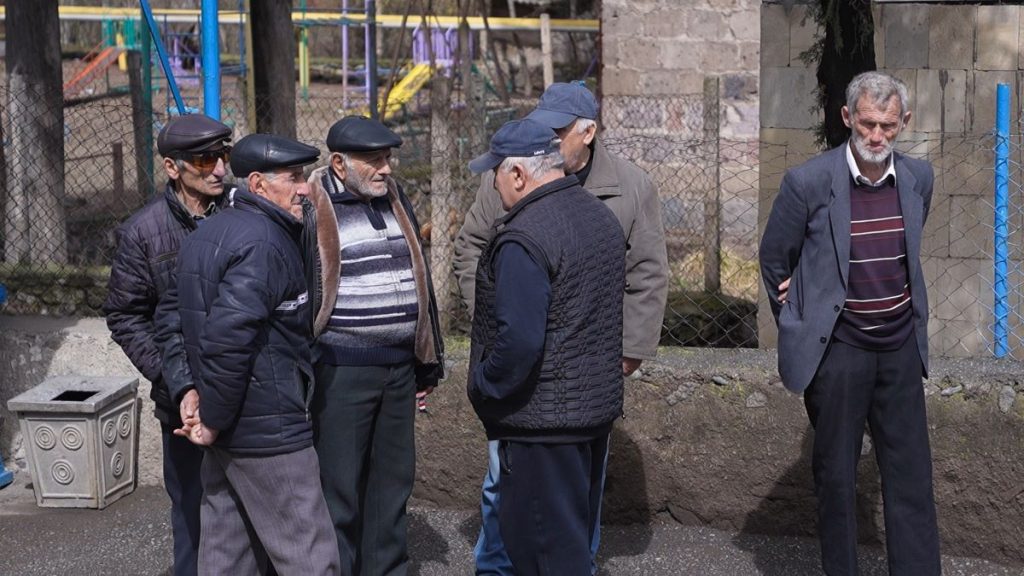
They stated that they disagreed with such a turn of events even before the decision of the delimitation commissions.
“The authorities are trying to present the situation as if these territories were intended to be transferred to Azerbaijan by former president Kocharyan. What anyone wanted to do before is not important to us at all. Now this is the problem of our village and the whole of Armenia. If this does happen, the men living here will stay in the village. But not our children. In 20 years, the village will cease to exist,” says Voskepar resident Karen Papyan.
He is convinced that Armenia should not make further territorial concessions to Azerbaijan, despite the threat of starting a new war, as prime minister Pashinyan warned them:
“If the Azerbaijanis settle these territories, it will be absolutely pointless for us to stay here. Therefore, we must stand our ground to the end. If Pashinyan has decided to give something away to Azerbaijan, let him and his deputies gather and go surrender to Azerbaijan.”
Another Voskepar resident, Serge Hakobyan, prefers not to talk about the details of the meeting with the prime minister:
“If they came to ask for our opinion, then we all have the same one. We don’t want to give anything away. We also have territories that are currently under Azerbaijan’s control. Let them exchange.”

The villagers have witnessed several wars. Many of them or their sons have been participants in combat operations. Despite the horrors of war, they say that even now they are ready to take up arms and, together with the army, defend the right to the existence of their village.
What will Armenia get?
The mere fact of losing territories and control over the inter-state highway irritates the entire population of Armenia. Judging by the statements of the ruling team, it becomes clear: there are no guarantees that Armenia will receive a stable border and peace with Azerbaijan after the concessions. Prime minister Pashinyan himself stated this:
“Does demarcation on this section [in the Tavush region] guarantee Armenia’s security? It does not. […] Demarcation in Tavush does not guarantee that Azerbaijan will agree, within the framework of demarcation on other sections, to return to Armenia vital territories of over 30 Armenian villages.”
After the 44-day war in Nagorno-Karabakh, the Azerbaijani armed forces advanced several times into the sovereign territory of Armenia. The consequences of these escalations were hundreds of casualties on both sides and territorial losses for Armenia. Several months ago, the authorities of the country finally openly stated that as a result of these incursions, the country lost part of its territory and dozens of villages.
Azerbaijan positions itself as the party that only demands, while Armenia is seen as the conceding side, notes political analyst Ruben Mehrabyan. But the scenario where Yerevan, according to the principles of demarcation and delimitation, returns all territories to Baku but does not get its own back, must be excluded:
“We are talking about the territories of 31 communities where Armenia itself controls the populated areas, but part of the adjacent territories is under the control of Azerbaijan in varying proportions. At the moment, the situation is such that Azerbaijan does not recognize the existence of this problem. But it needs to be resolved in full.”
Enclaves as a continuation of Armenia’s losses
The four villages in the Tavush region are just part of the story. Azerbaijan demands their immediate return. However, after the Second Karabakh War, Azerbaijan periodically talks about the return of enclaves as well.
Azerbaijan’s deputy prime minister Shahin Mustafayev stated on March 9 that “issues related to the liberation of four enclave villages” should be resolved within the framework of the delimitation and demarcation process with Armenia.
The statement mentioned Yukhari Askipara and Karki – Armenian-inhabited villages Verin Voskepar and Tigranashen, as well as Sofulu and Barkhudarly, which are currently deserted.
In turn, Azerbaijan controls the Armenian enclave of Artsvashen. Azerbaijanis call it Bashkend.
Armenia and Azerbaijan have been actively discussing the enclave issue for several years now. During this time, various solutions to this problem have been discussed. The most acceptable option for Armenia is a territorial exchange.
However, considering the logic of the negotiation process, it can be assumed that Baku will not agree to this. Most likely, at some point, Yerevan will have to give up these four enclaves, which could lead to additional problems for Armenia.
If the country’s authorities make concessions and relinquish the four enclaves, Armenia will lose yet another interstate road. This time, the one connecting the country to Iran. For official Yerevan, all these losses will be the first ones resulting from peace negotiations.

With the support of “Medianetwork”










